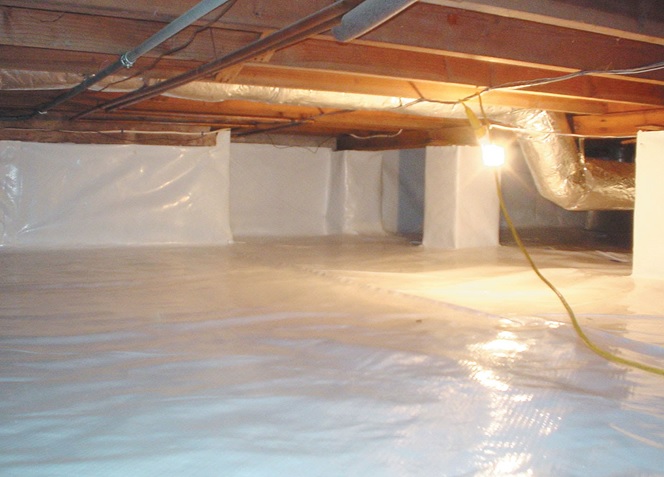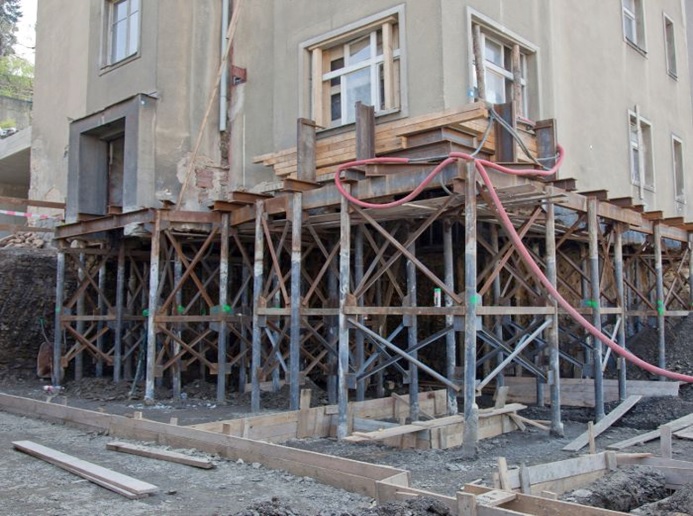If you have a home with a pier and beam foundation, it’s vital that you consider crawl space encapsulation. This process offers many benefits for your property, both inside and out. Also, encapsulation is typically more effective than roll-on coatings and other waterproofing options available at hardware stores.
Despite its many benefits, some homeowners put off encapsulation because they don’t realize why it’s necessary. Some property owners might not even know what’s meant by encapsulation and vapor barriers! To assist you in making the best decisions for your home’s maintenance, check out some vital information about crawl spaces. Then, talk to a foundation repair contractor near you as needed.
Our team provides crawl space repair in Nashville. If you require more information, please visit our website.
What is crawl space encapsulation?
First, note how a structure creates a crawl space. Second, you can then better understand why your home needs encapsulation! Pier and beam foundations lift a home off the ground, creating a gap under that structure. That gap is very small, usually too small to stand up in, which is why it’s called a crawl space.
Crawl spaces are notorious for trapping excess humidity from the air, as well as moisture coming up from the soil. Framing along a home’s underside then absorbs that moisture. In turn, the structure risks wood rot, mold, mildew, and other such issues. Also, that moisture attracts insects and rodents who might make their way into the home.
Encapsulation involves attaching thick plastic sheeting to all surfaces in that crawl space. This sheeting blocks framing from absorbing moisture. Additionally, sheeting helps repel moisture from collecting along the ground or elsewhere.
Vapor barriers are like encapsulation but installed only along the ground. These barriers block moisture rising from the soil. A vapor barrier isn’t as effective as full-scale crawl space encapsulation but offers effective protection at an affordable price.
Moreover, consider that a foundation contractor might also suggest added waterproofing solutions for your property. For instance, a dehumidifier offers even more protection in overly humid environments. Sump pumps help direct floodwaters away from the foundation while French drains keep soil around a structure dry and stable.
Is sealing a crawl space a good idea?
Encapsulation or sealing is an excellent idea for any pier and beam foundation! Check out a few reasons why you should consider encapsulation for your home. Also, remember that a foundation waterproofing contractor can explain these benefits in even more detail.
- Encapsulation keeps moisture away from a structure’s framing. Consequently, this helps prevent wood rot, cracks, and other costly damage.
- Note that plumbing pipes and electrical wiring often run along the underside of a structure with a pier and beam foundation. In turn, encapsulation prevents water damage to these features, including rust and corrosion.
- Keeping a crawl space dry also helps prevent moisture from seeping into a home from its underside. As a result, encapsulation can mean less risk of mold and mildew inside a structure.
- Remember that insects, rodents, and other pests are drawn to water sources, not just food! Consequently, moisture trapped in a crawl space often risks infestation. On the other hand, encapsulation makes the space less hospitable for those pests.
- Full encapsulation makes the crawl space more comfortable for when you need to access those pipes, wires, or a home’s underside.
- In many cases, encapsulation allows you to use the crawl space for storage, without damaging items you might keep in that space.
Lastly, encapsulation can increase property values in some cases. A real estate agent or appraiser can note if investing in encapsulation will raise your property’s value overall.
What are the cons of encapsulating a crawl space?
For most property owners, the cost of encapsulation is its only “con.” Full encapsulation can run anywhere from $1500 for smaller homes to $15,000 or more for larger properties. On average, a homeowner might expect to spend about $5500 on their needed encapsulation.
While this might seem costly to some, compare this price to the cost of foundation repairs! Without encapsulation, your home’s foundation piers and beams are likely to crack and then shift and settle. Shimming, replacing those pieces, and other fixes can run over $30,000 for many properties.
Also, consider the cost of addressing mold, mildew, and other risks if you avoid encapsulation. Dampness making its way into interior rooms can also mean musty odors, water stains on building materials, and damaged concrete floors. In turn, encapsulation can be the most cost-effective investment for your property.
How long does an encapsulated crawl space last?
As with any home improvement project, the quality of materials used affects crawl space durability. Thin, lightweight materials might tear or crack more easily than thicker sheeting. Also, an experienced contractor usually offers more reliable work overall. For instance, an inexperienced contractor might not know how to attach sheeting so that it withstands damage.
Additionally, your contractor might suggest added waterproofing measures, to protect that encapsulation. These might include a dehumidifier, sump pump, French drain installation, and better property grading. Neglecting these suggestions can risk premature damage to that encapsulation material.
Above all, it’s vital that property owners check that encapsulation regularly. Patching any rips or other damage quickly keeps it from getting worse! Making needed repairs will then ensure that your property’s encapsulation will last for years if not decades.
Use a contractor for crawl space encapsulation
Home improvement stores usually have crawl space encapsulation materials for DIY installation. However, a property owner might think twice before tackling this project themselves! First, a contractor prepares a crawl space before attaching sheeting, ensuring it’s clean and dry. Second, an experienced contractor knows how to attach that encapsulating material properly, for a secure fit.
Also, contractors might spot mold, framing damage, and other structural issues when working. These need repair before encapsulation, to protect a home or commercial building from future damage. Moreover, some encapsulation materials manufacturers require professional installation for their warranty to stay in effect. Managing this project on your own can then mean a poor-quality installation and having to pay for repairs that would otherwise be covered by the manufacturer!


